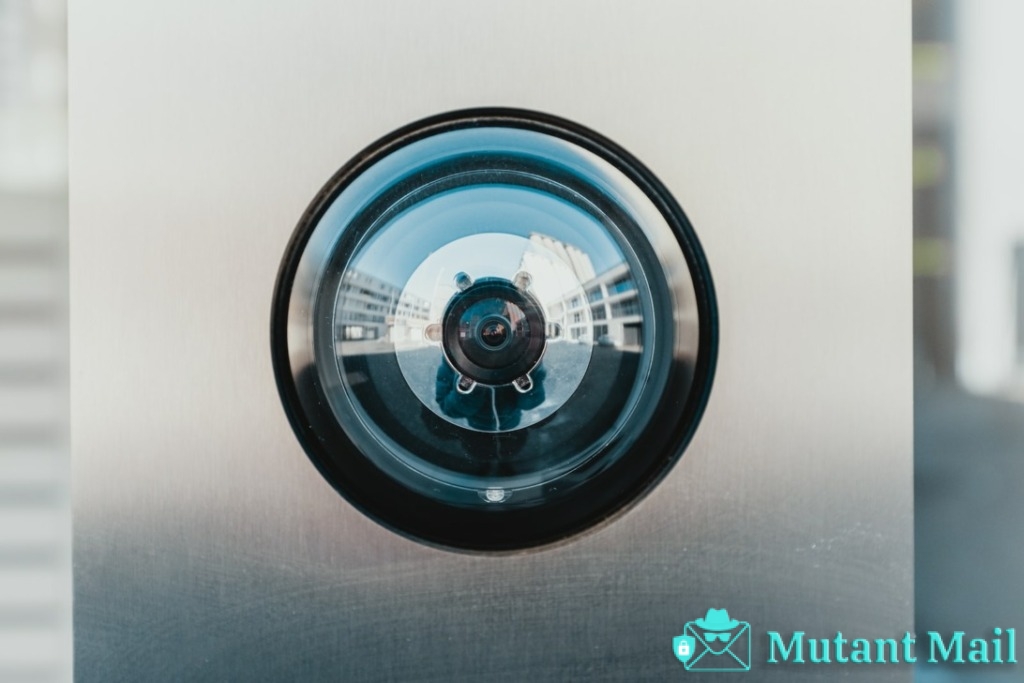With identity-based attack vectors posing an increasing risk to consumers in the new decade, it is more important than ever to take the necessary precautions to safeguard their identities and the accounts associated with them.
Many people use the same username and email address across multiple resources, creating a single point of failure – a single breach could give access to all of their resources. Every user should have at least four distinct email accounts for different types of access to limit their risk and give them more control over the security of their data.
Using Four Email Accounts to Increase Security
Separate email accounts for different types of access are a safer, more secure option than using the same account for everything. A person can keep a “personal” email address solely for receiving correspondence from family and friends, another account for shopping that will not store any of their credentials, and a third account for sensitive accounts such as banking and financial applications.
Finally, a fourth email address should be reserved solely for employment-related or government-related communications.
By keeping these four accounts separate, a person not only reduces the risk of their personal information being exposed but also ensures that rogue emails are sent to an address that will never contain sensitive information.

Modern Security and Identity-Based Attack Vectors
Modern identity-based attack vectors have made it increasingly difficult to keep one’s identity safe. This is why users should implement strategies such as having four separate email accounts, which can help prevent attackers from cross-referencing various accounts and using one breach as a blueprint for breaching other accounts.
Separating accounts also makes it easier to detect fraudulent emails that target a single account, because any attempts to compromise the other accounts are deemed illegitimate. Furthermore, by having an account dedicated solely to sensitive information, a user can be confident that any suspicious activity will be reported immediately and addressed as soon as possible.
Other things to keep tabs on
Additionally, individuals should use two-factor authentication whenever it is available. Two-factor authentication, or 2FA, aids in the verification of identities by combining something the user knows (such as a password or PIN) with something they possess (like a mobile device or physical token). This additional layer of security can help deter malicious actors from accessing a person’s online accounts.
It is also critical to keep anti-virus software up to date on any devices associated with a user’s email accounts. Malicious code is frequently hidden in software or applications, and if it goes undetected, it can be extremely difficult to remove. One way to help protect against this type of attack is to keep software up to date.
Users should also be aware of any suspicious emails or communications. Attackers frequently imitate emails from legitimate businesses, so users should check for any discrepancies before clicking on any attachments or links. They should also be cautious of phishing attempts and offers that appear to be too good to be true.
Creating distinct passwords for each of your four email accounts can also help to protect a user’s identity. Complex passwords make it more difficult for attackers to guess or brute force their way into an account while also making multiple passwords easier to remember. It is also critical to keep all passwords secure and to never store them online.
Users should also keep a close eye on their accounts. Reviewing account activity at least once a month and looking for any suspicious activity can assist in quickly identifying potential breaches and allowing them to take corrective action.
It’s also a good idea to use password management software, which can help you generate, store, and manage passwords in an organized fashion. Making use of these services makes it easier and faster to create and manage passwords, as well as reduces the risk of forgotten passwords and other vulnerabilities.
Finally, one of the most important steps a user can take to protect their identity is to back up personal data and information. Backups should ideally be stored in multiple locations, both on and offsite, to ensure that no matter what happens to the original data, a duplicate is always available.
To stay safe, users should always be on the lookout for new cybercrime trends. Staying informed not only protects individuals but also teaches friends and family about potential scams and malicious attacks.
Overall, in today’s digital age, taking the necessary steps to protect a user’s identity is critical. Users can protect their accounts and data from malicious actors by understanding the various attack vectors used by attackers.

Conclusion
In today’s digital landscape, having four distinct email accounts is a powerful way to stay secure. Users can ensure the safety and security of their personal information by separating each type of account, while also lowering their vulnerability to identity-based attack vectors.
Identity theft and identity-based attack vectors are becoming more common and can have serious consequences. Users can protect their identity and stay safe online by using four separate email accounts and implementing two-factor authentication, anti-virus software, secure passwords, monitoring activity, and backing up data. Users can stay secure and protect their data from potential attackers by being aware of current security risks and implementing the appropriate strategies.
FAQs
Q: What is the definition of an identity-based attack vector?
A: An identity-based attack vector is a type of cyberattack that targets a specific user or group of users to steal sensitive information such as banking information or passwords.
Q: How many email addresses should I have?
A: It is recommended that you have at least four separate email accounts for various types of access, such as one for personal correspondence, one for shopping, one for financial applications, and one for employment or government-related communication.
Q: How can I prevent my identity from being stolen?
A: You can protect your identity by using two-factor authentication, maintaining up-to-date anti-virus software, creating unique passwords for each of your email accounts, monitoring account activity, and backing up personal data and information.
To stay safe online, users should create four separate email accounts, use two-factor authentication, have secure passwords, use anti-virus software, monitor activities, and back up data. They can reduce the risk of identity theft and stay safe online by implementing these strategies.

